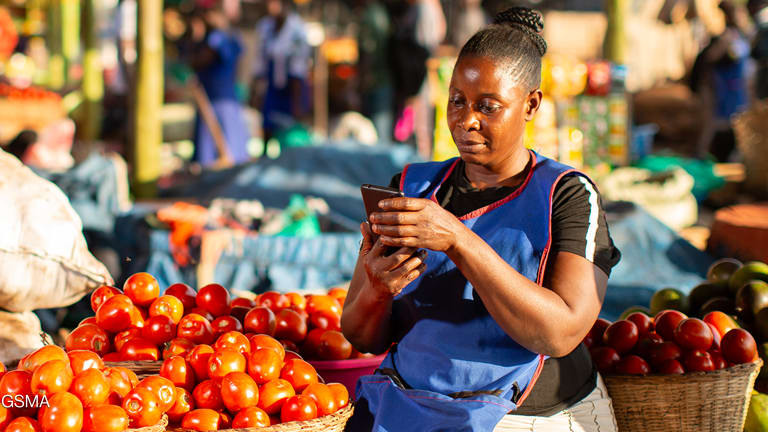Women today are less likely than men to have access to the essentials of the modern age, from mobile phones and mobile money to mobile internet and other mobile services. But with the right policies and targeted investments, we can close the gender digital divide and unlock a host of social and economic benefits.
Imagine if more women could shape, access, and benefit from digital initiatives linked to agritech, fintech, digital health, and e-governance. If more girls could access digital tools to encourage their education in science, technology, engineering, and mathematics, we could revolutionize these fields by harnessing humanity’s full potential.
The inclusion of women and girls in the design and use of digital technologies is not simply a question of fairness. It is an economic imperative.








